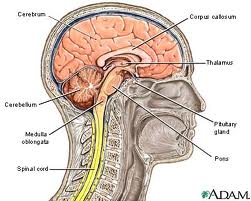

Image retrieved from http://www.pennmedicine.org/health_info/body_guide/reftext/html/nerv_sys_fin.html

Image retrieved from http://www.rnpedia.com/home/notes/medical-surgical-nursing-notes/nervous-system
Image
retrieved from
http://www.kabelchiropractic.com/autonomic-nervous-system.html